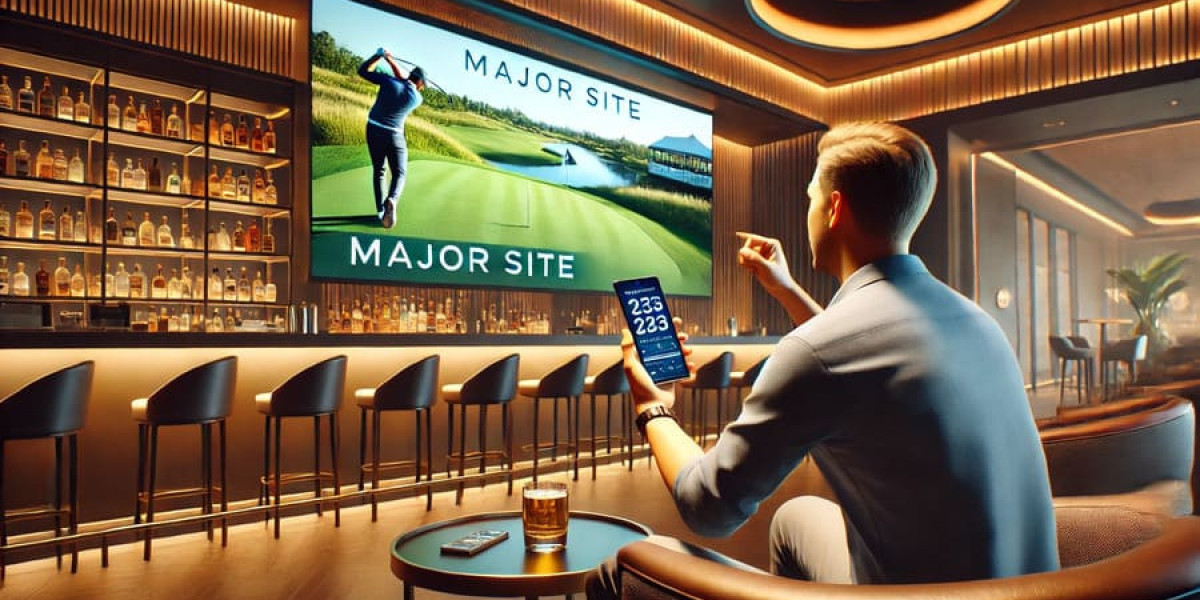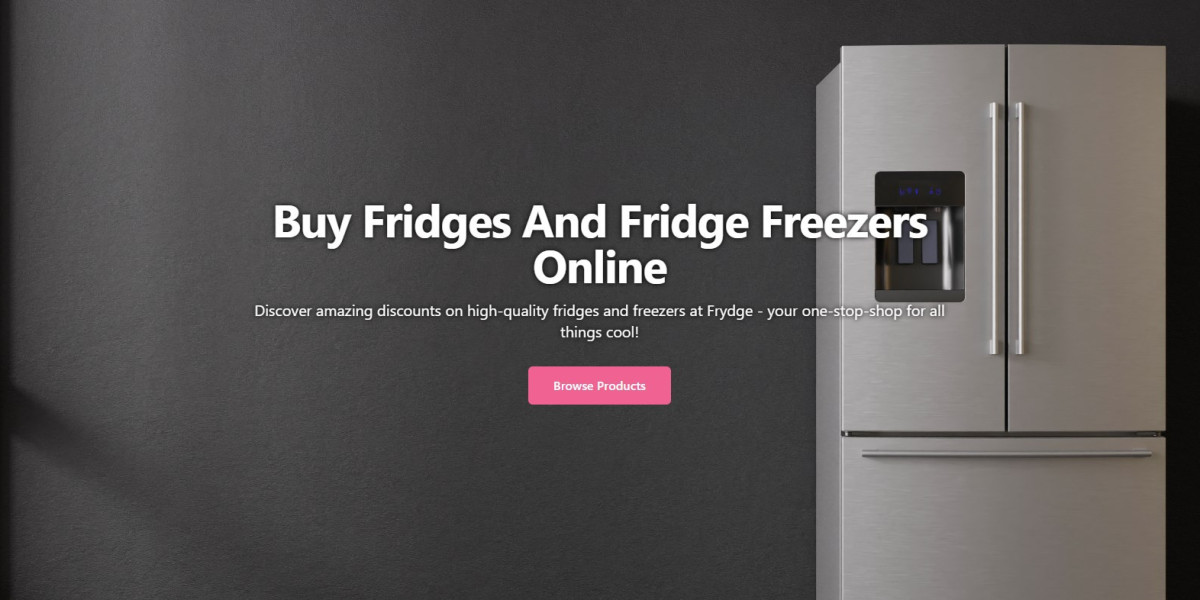Water bath heaters are vital pieces of equipment used across a variety of industrial sectors in the UAE, particularly in oil and gas, petrochemicals, and power generation. These heaters ensure the safe and controlled heating of process fluids and gases, even in the challenging climate of the Emirates. Whether you’re setting up a new facility or upgrading your current operations, understanding how water bath heaters function and what to consider in the UAE environment is key.
What Is a Water Bath Heater?
Definition and Basic Function
A water bath heater is an indirect heating system. It uses a bath of water or a glycol-water mixture to transfer heat to a process fluid. This method ensures uniform heating and minimizes the risk of overheating or combustion.
How It Works
The heater contains a fire tube immersed in a water bath. A burner heats the fire tube, which in turn heats the water. The process fluid flows through coils or tubes submerged in the bath, gaining heat indirectly. This setup makes the system safer for handling flammable materials.
Components of a Water Bath Heater
Burner: Provides the heat source.
Fire Tube: Transfers heat from the burner to the bath.
Process Coil: Carries the fluid that needs heating.
Bath Vessel: Holds the water or glycol solution.
Control System: Regulates temperature and burner operation.
Common Applications in the UAE
Oil and Gas Industry
The UAE’s oil and gas sector widely uses water bath heaters. They are essential for heating crude oil, natural gas, and other hydrocarbons to prevent wax buildup and maintain flow in pipelines.
Power Generation
Power plants in the UAE use these systems for preheating fuel and other thermal fluids. The controlled and even heating helps maintain system efficiency.
Chemical and Petrochemical Processing
Water bath heaters support chemical reactions requiring stable heat. They’re used in refineries and chemical plants for heating solvents and maintaining reaction temperatures.
Industrial and Utility Services
Many factories and utilities rely on water bath heaters for heating fluids in heat tracing systems, storage tanks, or process lines. Their indirect heating method makes them safer for volatile substances.
Why Water Bath Heaters Are Ideal for UAE Conditions
High Ambient Temperatures
The UAE experiences extreme temperatures, especially in summer. Water bath heaters are designed to function efficiently in such climates. The closed system prevents rapid evaporation and ensures steady performance.
Safety and Compliance
Safety is crucial in UAE industries. Water bath heaters reduce the risk of direct flame exposure to flammable materials. Many systems used in the UAE meet international and local safety standards, including ATEX and NFPA guidelines.
Corrosion Resistance
Due to coastal operations and desert environments, corrosion is a concern. Many water bath heaters in the UAE are built with corrosion-resistant materials suitable for saline and sandy conditions.
Types of Water Bath Heaters
Horizontal Water Bath Heater
These are the most common type. They have a horizontal layout and are ideal for high-flow applications. Their design ensures easy maintenance and installation.
Vertical Water Bath Heater
Used in space-constrained environments, vertical heaters save floor space. They are effective in offshore or mobile applications.
Skid-Mounted Units
Many units in the UAE are skid-mounted for mobility and fast deployment. These packaged systems include all essential components on a single frame.
Key Factors When Choosing a Water Bath Heater
Heating Capacity
Choose a heater based on the required BTU (British Thermal Units) per hour. The fluid type, flow rate, and required temperature rise determine this value.
Fuel Type
Burners may run on diesel, natural gas, or propane. In the UAE, natural gas is widely available and commonly used due to cost and environmental considerations.
Temperature Control
Accurate temperature control ensures safe operation. Look for systems with advanced controllers and sensors for real-time monitoring.
Maintenance Requirements
Low-maintenance designs reduce operational downtime. Consider units with accessible components and automatic shut-off features in case of irregularities.
Installation and Maintenance Tips
Site Preparation
Proper site selection ensures stability and accessibility. Install heaters on level, non-combustible surfaces, away from high-traffic areas.
Routine Inspection
Regular inspections help identify issues like scaling, corrosion, or temperature inconsistencies. Check burner operation, fluid levels, and control systems.
Fluid Quality
Using treated water or glycol mix extends the heater's life. Poor fluid quality can lead to corrosion or heat transfer issues.
Seasonal Adjustments
In UAE winters, though mild, consider adjusting fluid concentrations to maintain performance. Ensure that control systems are calibrated for any seasonal changes.
Environmental and Regulatory Considerations
Emission Standards
Burners must meet local emission guidelines. Low-NOx burners are often preferred in UAE projects to reduce environmental impact.
Energy Efficiency
Modern water bath heaters come with high-efficiency designs. Selecting units with heat recovery or insulated vessels minimizes fuel consumption.
Compliance and Certification
Ensure systems are certified for UAE use. Look for compliance with ADNOC specifications, local civil defense approvals, and international safety codes.
Future Trends in Water Bath Heating
Automation and Remote Monitoring
UAE industries are increasingly adopting digital technologies. Smart heaters with IoT-enabled sensors allow real-time tracking and remote control.
Modular and Custom Designs
More companies are demanding modular heaters tailored to specific applications. This trend allows for better integration with existing systems.
Sustainability
Energy-efficient and low-emission designs are gaining traction. Future systems are likely to include solar-assist technology or hybrid options.







